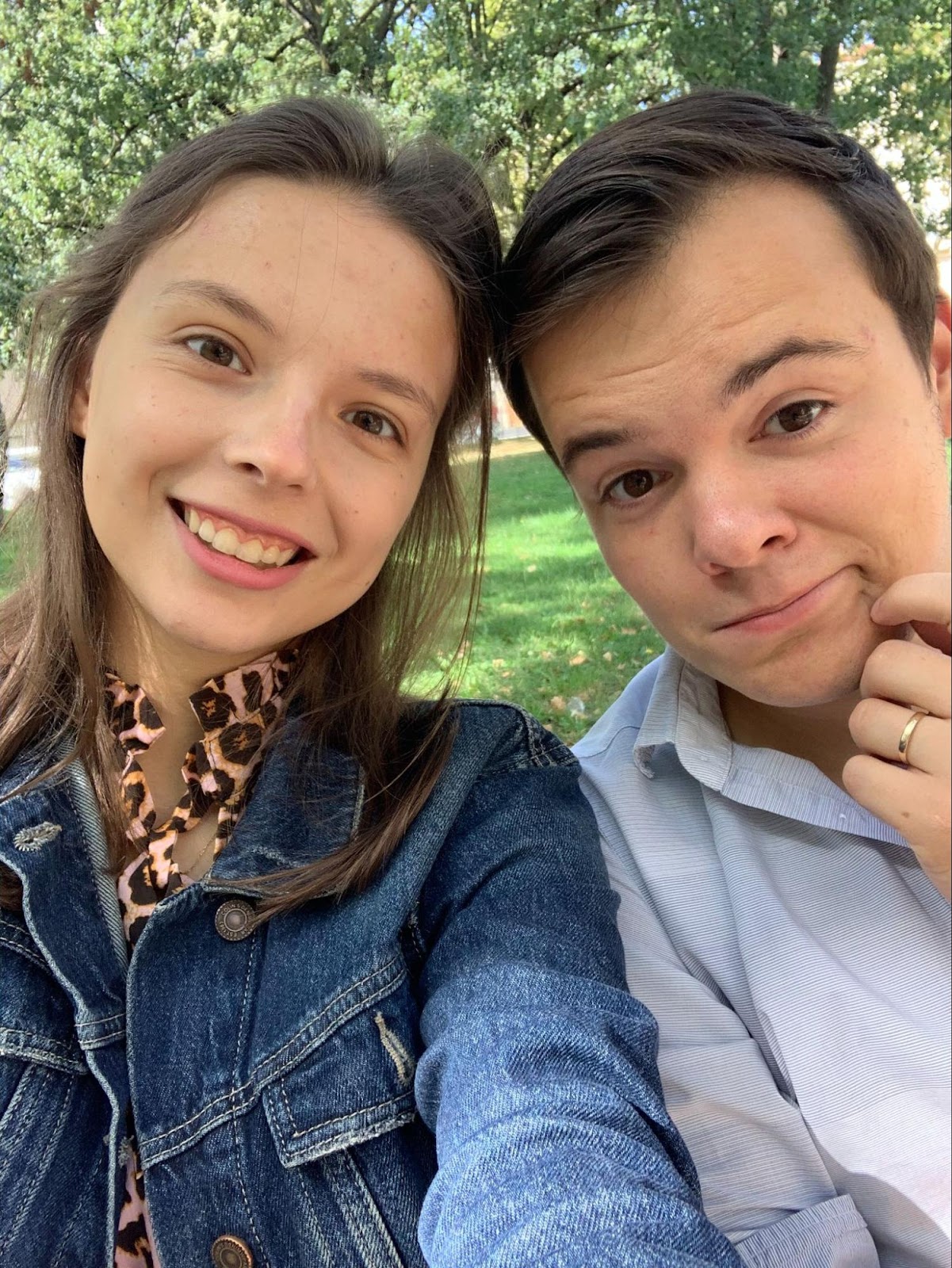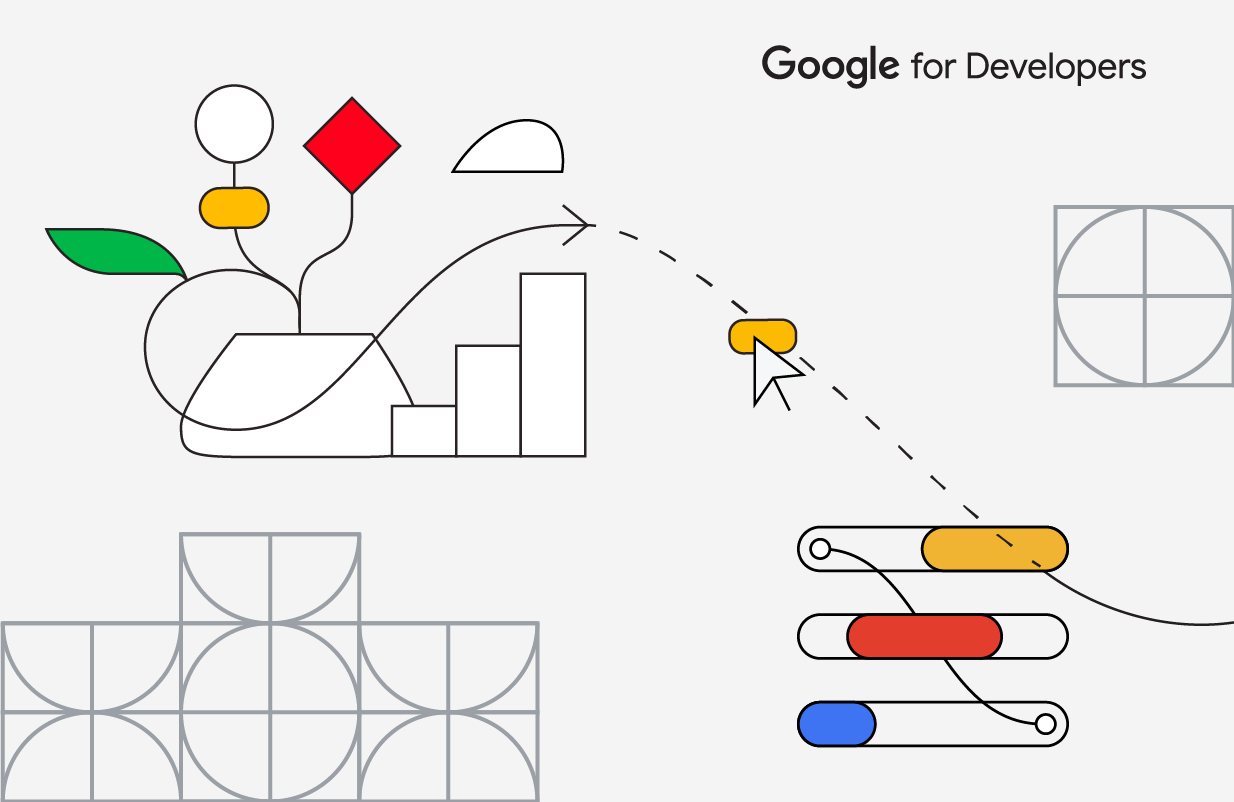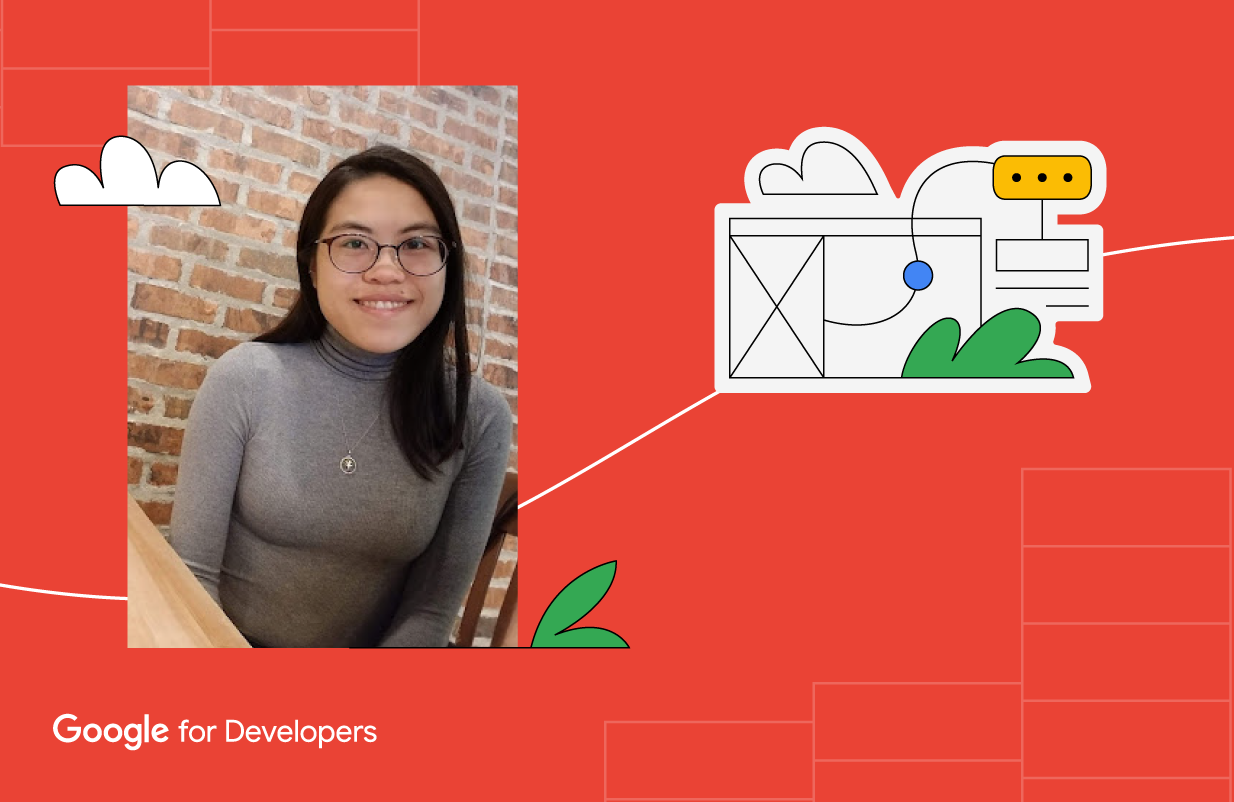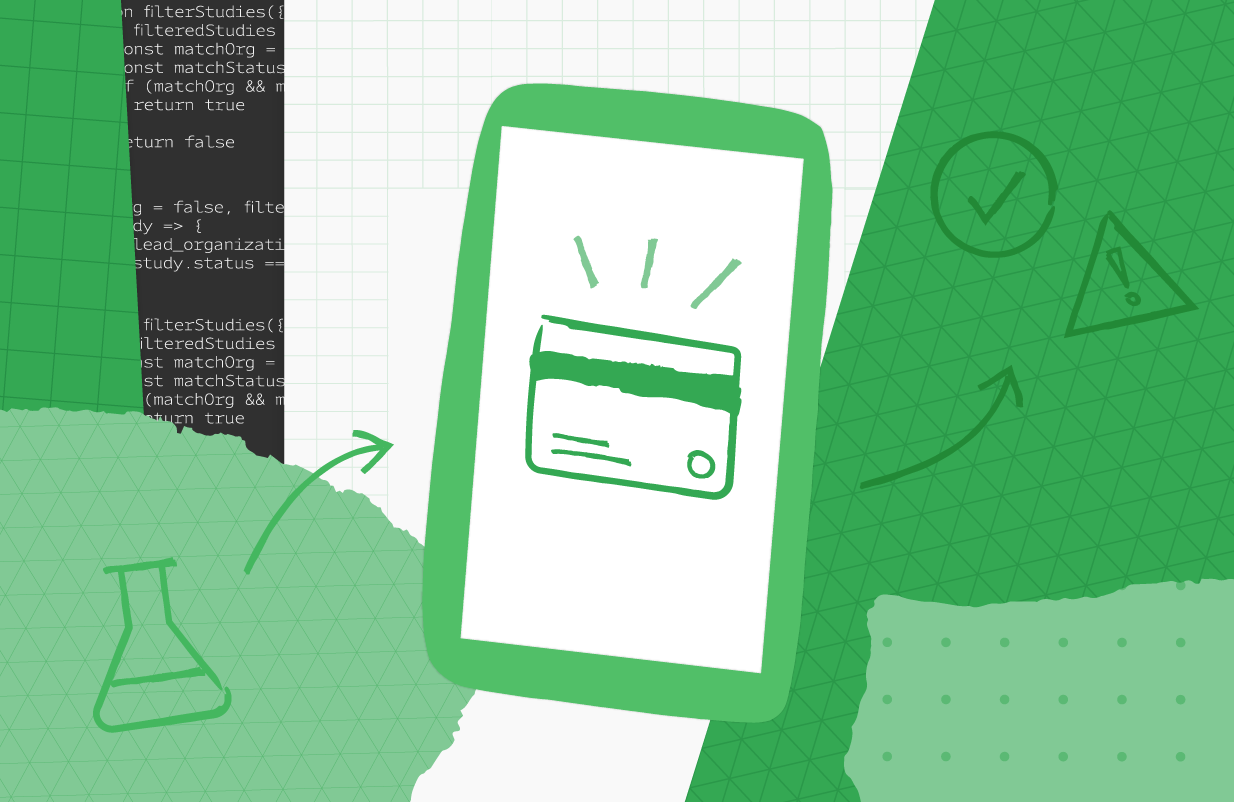Posted by Ashley Francisco Head of Startup Ecosystem, North America, Google & Darren Mowry, Managing Director, Corporate Sales, Google
We’re kicking off a summer of accelerators by welcoming the inaugural 2023 North American Google for Startups Accelerator: Cloud cohort, our new class of cloud-native startups in the United States and Canada.
This 10-week virtual accelerator brings the best of Google's programs, products, people and technology to startups doing interesting work in the cloud. We’re excited to offer these startups cloud mentorship and technical project support, along with deep dives and workshops on product design, customer acquisition and leadership development for technology startup founders and leaders.
We heard from some of the founders from this year’s cohort - including New York City-based Harmonic Discovery, Toronto-based Oncoustics, and Vancouver-based OneCup AI - demonstrating how they are using Google Cloud data, analytics, AI, and other technologies across healthcare, agriculture and farming, and more. Read more on their aspirations for the program below:
"The team at Harmonic Discovery is excited to scale our deep learning infrastructure for drug discovery using Google Cloud. We also want to learn best practices from the Google team on training and developing machine learning models in a cost effective way.” – Rayees Rahman CEO, Harmonic Discovery
"We're very excited to grow our presence in the healthcare space by bringing our ultrasound based "virtual biopsy" solutions to clinics and serve over 2B people with liver diseases globally. Specifically in the Google for Startups Accelerator: Cloud program, we're looking to develop and hone our ability to efficiently scale our ML environments and processes to support the development of multiple new diagnostic products in parallel. We're also very excited about creating an edge-cloud hybrid solution with effective distribution of AI processing across GCP and Pixel 7 Pro.” – Beth Rogozinski CEO, Oncoustics
"Our primary objective is to leverage Google Cloud Platform's (GCP) cutting-edge technologies to enhance BETSY, our computer vision AI for animal care. Our milestones include developing advanced image recognition models and achieving real-time processing speeds for large-scale datasets. The accelerator will play a vital role in helping us refine our algorithms and optimize our infrastructure on GCP.” – Mokah Shmigelsly, Co-Founder & CEO and Geoffrey Shmigelsky, Co-Founder & CTO, OneCup AI
We received so many great applications for this program and we're excited to welcome the 12 startups that make up the the inaugural North American Cloud cohort:
- Aiden Automotive (San Ramon, CA): Aiden is one of the first software solutions to provide streaming two-way communication directly with the vehicle and across vehicle brands. Aiden provides simple and intuitive 100% GDPR and CCPA compliant consent management, enabling car owners to choose which digital services they desire.
- Binarly (Santa Monica, CA): Binarly’s agentless, enterprise-class AI-powered firmware security platform helps protect from advanced threats below the operating system. The company’s technology solves firmware supply chain security problems by identifying vulnerabilities, malicious firmware modifications and providing firmware SBOM visibility without access to the source code. Binarly’s cloud-agnostic solutions give enterprise security teams actionable insights, and reduce the cost and time to respond to security incidents.
- Duality.ai (San Mateo, CA): Duality AI is an augmented digital twin platform that provides end-to-end workflows for predictive simulation and high fidelity visualization. The platform helps close data gaps for machine learning teams working on perception problems and helps robotics teams speed up design and validation of their autonomy software.
- HalloAI (Provo, UT): Hallo is an AI-powered language learning platform for speaking. Press a button and start speaking any language with an AI teacher in 3 seconds.
- Harmonic Discovery (New York, NY): Harmonic Discovery uses machine learning to design multi-targeted kinase drugs for cancer and autoimmune diseases.
- MLtwist (Santa Clara, CA): MLtwist helps companies bring AI to the world faster. It gives data scientists and ML engineers access to the easiest and best way to get out of the weeds of data pipelines and back to what they enjoy and do best – design, build, and deploy AI.
- Oncoustics (Toronto, ON): Oncoustics is creating advanced solutions for low-cost and non-invasive surveillance, diagnostics, and treatment monitoring of diseases with high unmet clinical need through the use of patented AI-based solutions running on ultrasound scans. Using a handheld point of care ultrasound, Oncoustics’ first solution allows clinicians to obtain a liver health assessment within 5 minutes.
- OneCup AI (Vancouver, BC): OneCup uses Computer vision for Animal Care. Our AI, BETSY, is the eyes of the rancher when the rancher is away.
- Passio AI (Menlo Park, CA): Passio AI is a mobile AI platform that helps developers and companies build mobile applications powered by expert-level AI and computer vision.
- RealKey (San Francisco, CA): RealKey is one of the first collaboration platforms built specifically for finance (starting with mortgages), automating documentation collection/review, tasks, and communication for all parties (not just borrowers) involved in transactions to reduce time, effort, and costs to close.
- Sevco Security Inc. (Austin, TX): Sevco Security a leading IT asset visibility and cybersecurity company, that provides the industry’s first unified asset intelligence platform designed to address the new extended attack surface and create a trusted data repository of all devices, users and applications an organization uses.
- VESSL AI (San Jose, CA): VESSL is an end-to-end MLOps platform aiming to be the next Snowflake for AI. The platform enables MLEs to run ML workloads at any scale on any cloud, such as AWS, Google Cloud Platform, Oracle Cloud, and on-premises.
As tech advancements continue at lightning speed, it’s an exciting opportunity to work with these founders and startup teams to help grow and scale their business. Programming for the Google for Startups Accelerator: Cloud begins mid-July and we can’t wait to see how far these startups go!

 Posted by Alexandra Dumas, Head of VC & Startup Partnerships, West Coast, Google
Posted by Alexandra Dumas, Head of VC & Startup Partnerships, West Coast, Google




 Posted by Leticia Lago, Developer Marketing
Posted by Leticia Lago, Developer Marketing




 Posted by Iran Karimian, Startup Ecosystem Lead, Canada & Matt Ridenour, Head of Startup Ecosystem, U.S.
Posted by Iran Karimian, Startup Ecosystem Lead, Canada & Matt Ridenour, Head of Startup Ecosystem, U.S.
 Posted by Avneet Singh, Product Manager and Sisi Jin, UX Designer, Google PI, and Lance Carr, Collaborator
Posted by Avneet Singh, Product Manager and Sisi Jin, UX Designer, Google PI, and Lance Carr, Collaborator





 Posted by Komal Sandhu - Global Program Manager, Google Developer Groups
Posted by Komal Sandhu - Global Program Manager, Google Developer Groups






 Posted by
Posted by 



 Posted by Leticia Lago, Developer Marketing
Posted by Leticia Lago, Developer Marketing

 Posted by Kevin Hernandez, Developer Relations Community Manager
Posted by Kevin Hernandez, Developer Relations Community Manager


 Posted by Jose Ugia – Developer Relations Engineer
Posted by Jose Ugia – Developer Relations Engineer



